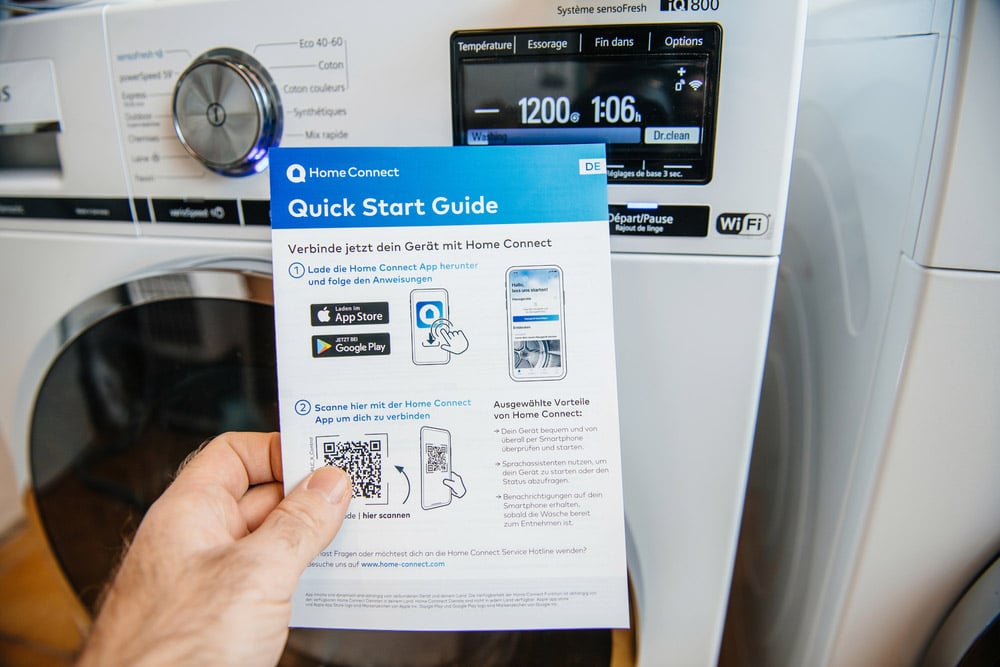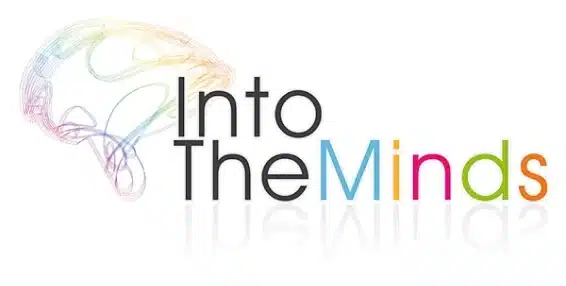Marketing mix : process
Processes are part of the 7P model. They reflect the adaptation of the marketing mix to new elements of the evolution of companies. We are talking here about processes linked to customer service (see also the chapter “marketing mix: people”).
This evolution was carried out in 1981 by Booms and Bitner. For a general overview of the history and development of the marketing mix, please visit our guide.
Marketing mix: 9 process-related aspects
- Process design
- Customer service planning
- Standardization or customization
- Error diagnosis
- Performance measurement and monitoring
- Resource analysis and planning
- Performance indicators
- Implementation of “Best Practices”
- Preparation of user guides
Process design
Questions to ask: Have the processes been pre-designed? How does this design contribute to the customer experience? Has the design been thought out with the customer in mind?
Examples: Apple was one of the first retailers to rethink the sales process to simplify the buying process altogether. A salesperson approaches customers, and the purchase can be made spontaneously, impulsively, directly in the aisles thanks to a portable terminal. This redesign of payment is an essential element of Apple’s marketing mix. It supports its marketing positioning as an innovative, customer-focused company.
In terms of payment processes, innovation has been propelled by the Covid crisis and its impact on the retail sector. New contactless payment processes have emerged, such as those using QR codes in restaurants. Here we talked about Sunday, an application launched by the restaurant chain Big Mamma. This application simplifies the processes related to customer service and increases the speed of turnover by 15%. The operational gain is therefore apparent. To learn more, watch the interview below.
Customer service planning
Questions to ask: Are the processes formalized within the company? Are decision trees designed for customer service, for example?
Examples: In call centers, the work is often highly formalized. The customer service employee then follows scripts that are themselves a reflection of decision trees. This approach is widespread among telephone operators in general and in their sales departments in particular (cold calling).
The customer support of large companies often follows a similar approach to problem resolution. Troubleshooting, for example, is highly formalized to allow operators with no technical experience to help customers anyway. Customer support can thus be “broken down” according to difficulty (we speak of “Tier 1”, “Tier 2”, “Tier 3”). According to the Pareto principle, 80% of customer requests are handled by “Tier 1”. The most complicated requests are passed on to the most technically competent employees, thus achieving an optimal ratio between customer satisfaction and costs.
Standardization or customization
Questions to ask: Do the processes surrounding the “service” component follow a logic of standardization or, on the contrary, of customization? Are we in a mass service or, on the contrary, in extreme customization?
Examples: The Nordstrom department store chain is known for the quality of its customer service. The latter is based on classic springs (training, for example) but also on the empowerment of employees in contact with the customer. The latter are allowed to make decisions themselves to satisfy the customer. Therefore, the procedures are “malleable,” which allows each employee to adapt the processes to the customer. Of course, we go beyond the simple framework of processes and enter the “human” dimension of the marketing mix.
Great anecdotes perpetuate the superiority of this system. They are told in a book dedicated to this customer relationship management system: “The Nordstrom Way: The Inside Story of America’s #1 Customer Service Company”. To have an overview of the content, I advise you to visit this page.

Error diagnosis
Questions to ask: What systems or procedures are in place to detect malfunctions? How do customers have the opportunity to report problems?
Are techniques used to prevent quality problems?
Examples: It is essential to collect customer feedback (positive or negative) to improve. If this process can be accessible in B2B, it becomes a challenge in B2C. A specific process must be put in place to collect customer complaints. These complaints are not expressed enough (it is estimated that less than one customer out of ten complains), and yet they are essential:
- Customer complaints allow us to identify malfunctions
- Properly handled, customer complaints increase customer satisfaction and, in turn, customer loyalty
To ensure that as many complaints as possible can be expressed, it is necessary to:
- Proactively let customers know that complaints are appreciated and valued
- Multiply the points of contact (omnichannel approach) to simplify information feedback
This approach to managing customer complaints is curative, but there is also a preventive approach in which everything is done upstream to maximize customer satisfaction and avoid complaints. Techniques such as FMEA (Failure Modes and Effects Analysis) allow us to design objects and services by anticipating problems. The automobile industry is very fond of it.

Performance measurement and monitoring
Questions to ask: Are quality indicators in place to measure the performance of service activities? Is satisfaction measured within the customer service department? Are specific indicators used according to the type of contact (touchpoints)? How is the monitoring done and the results communicated to employees?
Examples: In call centers, it is common to measure and report performance almost live. Operators are assessed on several criteria:
- The number of calls handled per hour (inbound calls for customer support, outbound calls for sales)
- Customer satisfaction measured “on the spot” just after the call

Resource analysis and planning
Questions to ask: How are incoming customer requests managed? Is an analysis of customer requirements performed? Is there a planning of the resources to be allocated?
Examples: The idea here is to analyze how the customer is directed to the best product/service to satisfy his requirements.
The needs analysis phase is classic in B2B and is usually the job of sales people. In B2C, this needs analysis is rare except when the product is distributed by a third party (retailer) who has a customer service department.
However, for direct online sales, there are services that help guide the consumer through the product range (see “product” marketing mix). Interactive tools can be put on line to guide the customer towards the product that suits him best.
Performance indicators
Questions to ask: How is the company’s performance measured? Have key performance indicators (KPI’s) been put in place? What are they measuring? Are the different facets of the customer experience being measured?
Examples: Performance measurement requires the use of standardized indicators that allow for comparison (between employees, between departments, even between companies) and tracking over time. The purpose of the measurement must also be clearly defined.
Measuring customer satisfaction is a crucial indicator of company performance because it determines customer loyalty and the entire company’s profitability. Technically, several approaches are possible, for example, using the NPS (Net Promoter Score), whose validity is no longer debated.
More specific indicators can also be monitored. In e-commerce, for example, we know how important delivery times are.
To choose the right key performance indicator to monitor, it is necessary to consider its effect on customer satisfaction, which should be the only priority for companies.

Implementation of « Best Practices »
Questions to ask: How does the company incorporate best practices into its customer management and marketing? How are employees trained to stay current and ensure the highest level of quality? Is there ongoing industry intelligence to detect the latest trends and best practices?
Examples: Marketing is not a static discipline. It evolves with customer behavior and especially with increasing digitalization. The search for immediacy is characteristic of the times in which we live. Consumers want answers right away and at any time, which forces companies always to be aware of the best techniques to achieve this.
Market research and competitive intelligence are two techniques that allow you to stay in touch with your market and your competitors.

Preparation of user guides
Questions to ask: Is documentation provided for the customer to use the product correctly? How is this documentation designed? Are multiple types of manuals provided based on the customer’s level of knowledge/readiness?
Examples: The first use of a good or service can be a source of frustration for an inexperienced customer. Documenting and simplifying the learning curve should be a priority, but many companies see documentation and manuals as an obligation rather than an opportunity.
Apple, for example, has its way of dealing with customer impatience and excitement about trying out their latest “toy. A quick start manual is provided that allows them to enjoy their iPhone immediately without making mistakes and without having to read hundreds of pages.
Many appliance manufacturers now use this approach to simplify the learning curve of their products.


